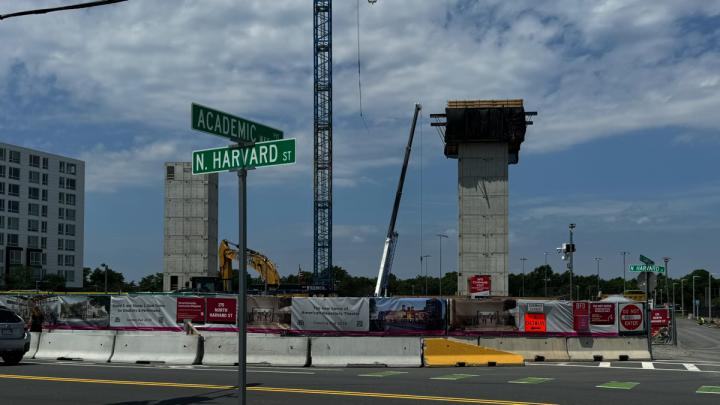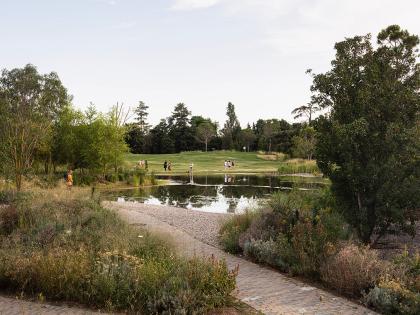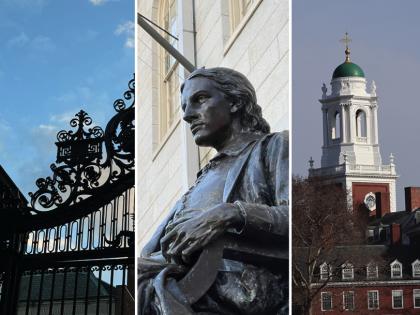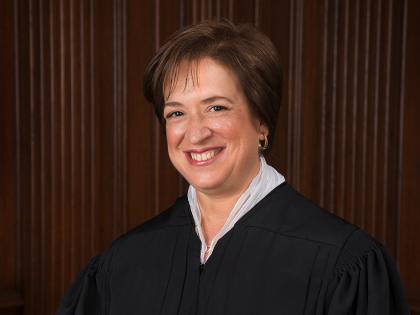Harvard’s American Repertory Theater (ART) announced the start of construction on its new building at 175 North Harvard street in Allston today, heralding the project as a more modern, spacious, and accessible successor to the Loeb Drama Center, its current home. Site work began in March.
The project, which the University expects to complete by 2026, will relieve the pressures the Loeb’s limited space and aging facilities have put on the ART, a prominent American theater company which has won multiple Tony Awards. Executive director Kelvin Dinkins Jr. said in an interview that the company’s productions had nearly always been rehearsed in New York City, rather than at the ART’s current Cambridge location, due to lack of space. For some shows, the theater has had to bring in outside generators to support technical elements. “We’re bursting at the seams over here,” he said.
At its new location—enabled by a $100-million gift from David Goel ’93 and Stacey Goel—the theater will become a more community-facing institution, housed in a building the theater’s leaders have also praised for being more sustainable.
The complex, to be called the David E. and Stacey L. Goel Center for Creativity & Performance, is designed to be more open to the public and a place to linger once performances end, according to Dinkins. The lobby will feature cafétables, a kitchen, and concessions, helping add an “energy and buzz” ART leaders hope to achieve within the venue. Many parts of the Goel Center, such as its outdoor performance yard and the smaller-scale East Stage, will intentionally be visible to people outside the building or at the entrance, in another effort to make both more inviting.
Roger Watts, director of Haworth Tompkins, the architectural firm that designed the new space, said that “Through an inspiring and collaborative design process, our building aims to extend that open invitation to Allston and the wider world, and to provide a framework that supports the expansion of creative practices within a radical yet simple architecture of adaptable space, natural tactile materials, fresh air, and light.”
The Goel Center’s site in Allston will also be significant amid Harvard’s continuing expansion in the neighborhood. Surrounding the center in Barry’s Corner (the intersection of North Harvard Street and Western Avenue) are Harvard’s Science and Engineering Building, the residential Continuum complex built on Harvard land (also housing the Allston Trader Joe’s), and what is soon to be another residential building on Harvard land at 180 Western Avenue.
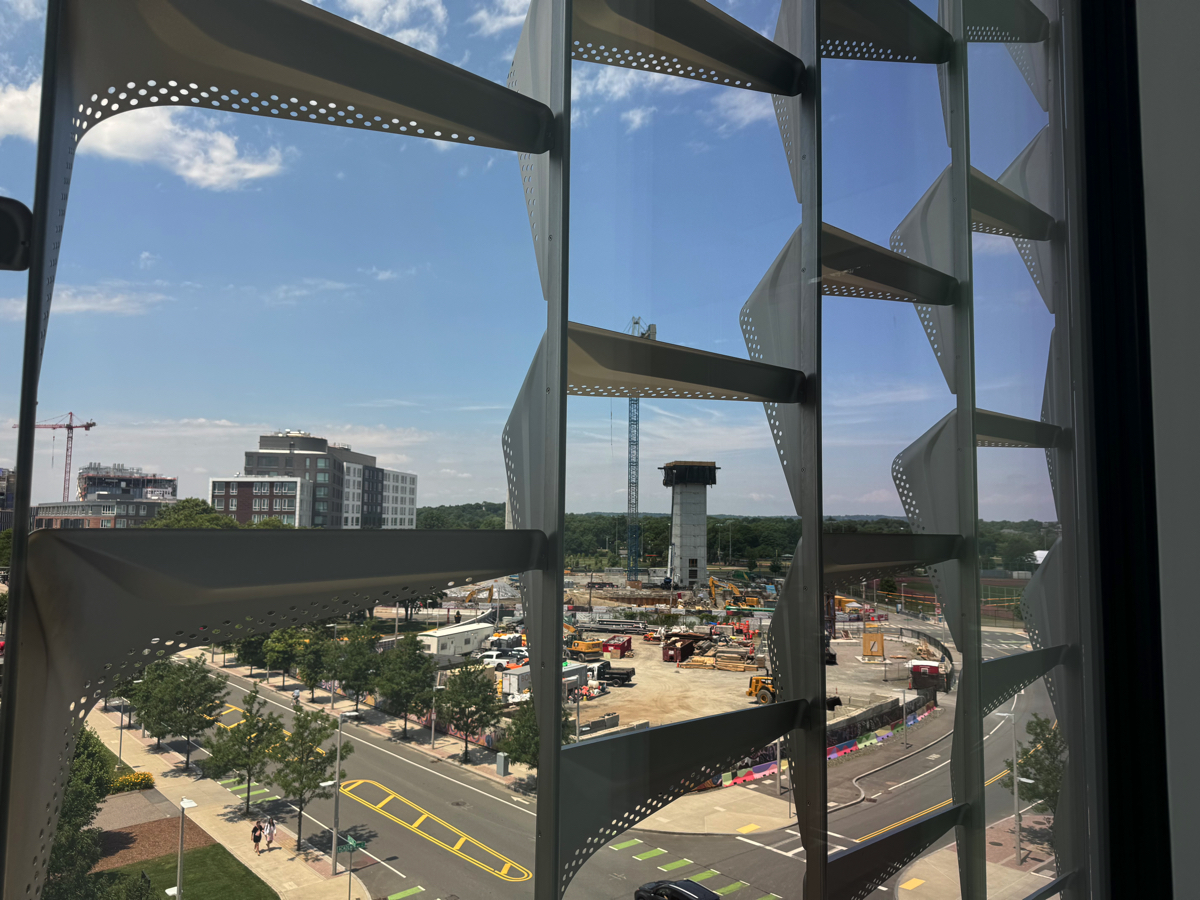
Amid residents’ concern about the overall development of their neighborhood—much of it focused on Harvard, which now owns about one-third of Allston—the Goel Center promises to enliven the area for the wider public, as purely academic uses do not. The Center will be available for use by other Harvard stakeholders and by external producers of everything from comedy shows to installations and other kinds of performances.
Dinkins added that the ART is also planning engagement and outreach programs specifically for Allston, but he did not provide details. “That is very much something that we are invested in, as part of that effort with the BPDA to serve as a community resource,” he said. (The Boston Planning & Development Agency, regulates development in the city.)
Like Harvard’s other new developments, the building aims for a high level of environmental performance, featuring natural ventilation and construction materials meant to “minimize its lifetime carbon budget,” according to a press release. The building will also have solar panels and a green roof, and rely on the University’s lower-carbon District Energy Facility (adjacent to the Enterprise Research Campus now under construction in Allston) for heating and cooling.
Once the ART relocates to its new home, the Loeb, a Faculty of Arts and Sciences facility, will remain available for University uses. That will likely include the theater, dance and media concentration, the Harvard-Radcliffe Dramatic Club, (both of which currently make partial use of the space), and other undergraduate arts initiatives. It could also serve as a useful locus for lectures, ceremonies, and screenings otherwise funneled into facilities such as the Science Center and Sanders Theatre.
The Loeb itself will be renovated as part of the Goel’s gift. For artists, the transition will bring an upgraded experience, too, with private bathrooms and showers, above-ground dressing rooms (more often on the lower level of theaters in the industry), an on-site costume shop, and spacious rehearsal studios. The auditoriums themselves—West Stage for larger productions, East for “more intimate” shows—will have retractable seats, allowing hundreds more audience members to be accommodated for standing events.
Interim president Alan M. Garber praised the “future full of creative potential” the theater would bring. “David and Stacey stepped forward at an important moment for the A.R.T.,” he said in a statement, “giving generously not because of the strong foundation that already exists but because they see what is possible. The incredible community their vision sustains and expands will have a profound effect on arts and culture throughout our region.”
